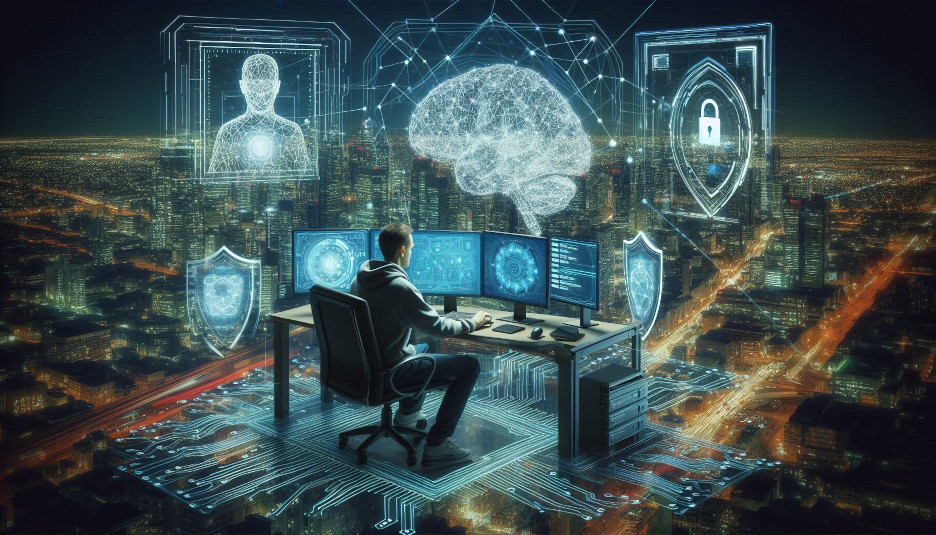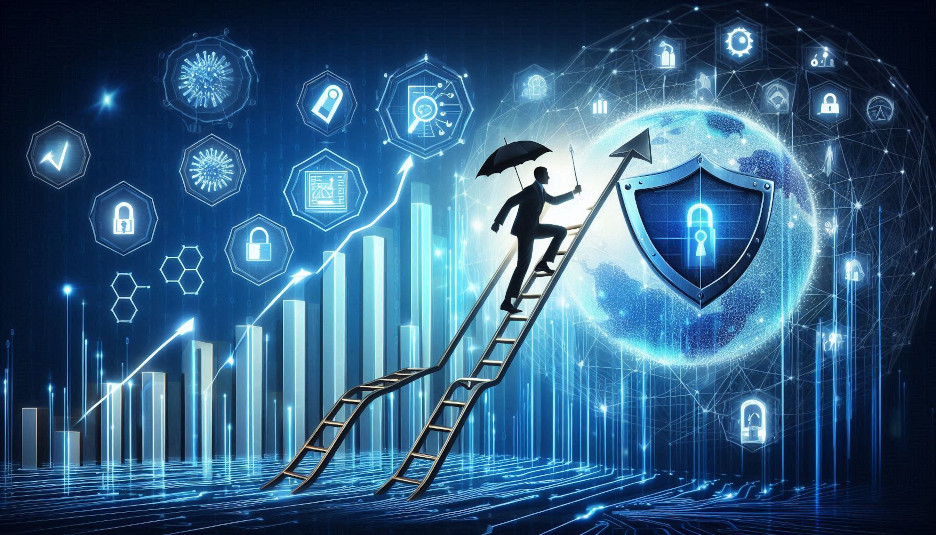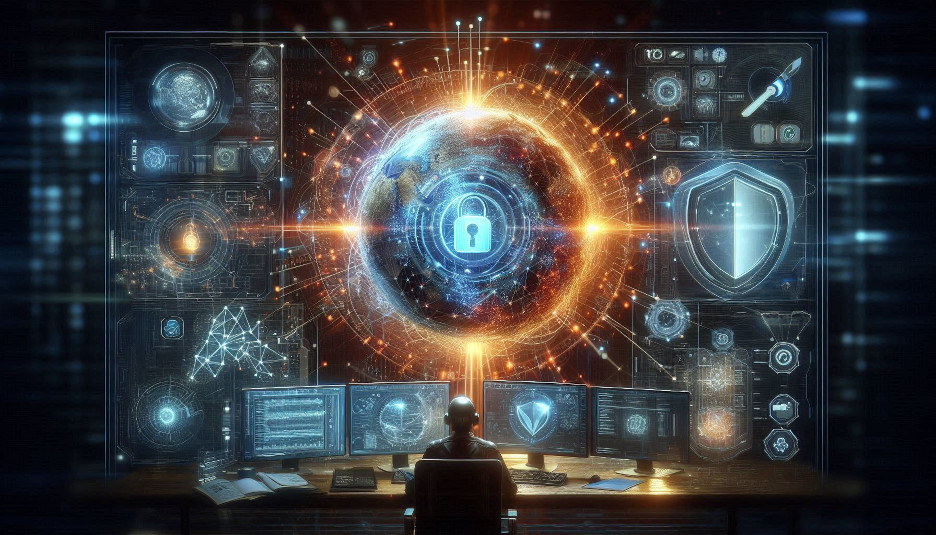The Future of Cybersecurity: Navigating a Complex Landscape
-
 John Fry
John Fry - 10 Apr, 2024

The Future of Cybersecurity: Navigating a Complex Landscape
The Evolving Threat Landscape
The digital age has brought unprecedented convenience and connectivity, but it has also ushered in a new era of cyber threats. Cybercriminals are constantly evolving their tactics, leveraging advanced technologies to exploit vulnerabilities and breach security defenses.
Emerging Threats:
- AI-Powered Cyberattacks: Artificial intelligence is being used to automate attacks, making them more sophisticated and harder to detect.
- Quantum Computing: Quantum computers could potentially break current encryption methods, posing a significant threat to cybersecurity.
- Biometric Hacking: Biometric data, such as fingerprints and facial recognition, can be compromised, leading to identity theft and fraud.
The Human Factor:
While technological advancements drive cyber threats, human error remains a significant vulnerability. Social engineering attacks, such as phishing, can trick even the most cautious individuals into revealing sensitive information. Insider threats, where employees or contractors misuse their access privileges, can also lead to severe data breaches.
The Future of Cybersecurity Technologies
To combat these evolving threats, cybersecurity professionals are turning to innovative technologies:
AI and Machine Learning in Cybersecurity:
- Threat Detection and Response: AI-powered systems can analyze vast amounts of data to identify and respond to threats in real-time.
- Automated Incident Response: AI can automate routine tasks, such as patch management and vulnerability scanning.
Zero-Trust Security Model:
The zero-trust model shifts the security paradigm from implicit trust to explicit verification. Key principles include:
- Never Trust, Always Verify: Continuously validate user identities and device integrity.
- Least Privilege Access: Grant users only the minimum level of access required to perform their tasks.
- Micro-Segmentation: Segment networks into smaller, isolated segments to limit the impact of breaches.
Blockchain and Cybersecurity:
Blockchain technology offers several advantages for cybersecurity:
- Secure Data Storage: Immutable and tamper-proof storage of sensitive data.
- Smart Contracts: Automated execution of contracts with enhanced security.
- Decentralized Identity: Secure and privacy-preserving digital identities.
The Cybersecurity Workforce of the Future
To meet the growing demand for cybersecurity professionals, individuals must acquire a diverse set of skills and certifications.
Essential Skills and Certifications:
- Networking: Understanding network protocols, topology, and security.
- Operating Systems: Proficiency in Windows, Linux, and other operating systems.
- Programming: Knowledge of programming languages like Python, Java, and C#.
- Cryptography: Understanding encryption and decryption techniques.
- Incident Response: The ability to respond to security incidents effectively.
- Cybersecurity Frameworks: Familiarity with frameworks like NIST Cybersecurity Framework and CIS Controls.
- Certifications: CompTIA Security+, CISSP, CISM, CEH
Continuous Learning:
The cybersecurity landscape is constantly evolving. To stay ahead of the curve, cybersecurity professionals must commit to continuous learning. This includes:
- Online Courses and Certifications: Pursuing online courses and certifications to update skills.
- Industry Conferences and Webinars: Attending industry events to network and learn from experts.
- Hackathons and Capture the Flag (CTF) Competitions: Participating in these events to hone technical skills and problem-solving abilities.
Ethical Considerations in Cybersecurity
As cybersecurity technologies advance, it’s crucial to consider the ethical implications of their use. Ethical considerations include:
- AI Ethics: Ensuring that AI-powered security tools are fair, unbiased, and transparent.
- Cybersecurity and Human Rights: Balancing security measures with privacy rights.
- International Cooperation: Collaborating with other countries to address global cyber threats.
By understanding the evolving threat landscape, embracing emerging technologies, and prioritizing ethical considerations, we can build a more secure digital future.


